|
Early spring is the time to check out catalogs, place seed orders and start seeds. Learn about several seed starting techniques, how to decipher catalog and seed package jargon, and proper planting conditions in this program.
Speakers and topics covered this year are:
This is a repost from September 2018. Now that we are past Labor Day, it's time to start thinking about finishing up the garden tasks. Here are a few links with information for the rest of our growing season.
Growing GREENS, which can be served raw, wilted, blanched, sautéed, or grilled.
The Asteraceae family has some of the best-known salad greens:
Most greens prefer full sun and cool weather (50 to 75°F). Soil that’s evenly moist, but not too wet, yields the best greens. As a general guide, spinach, kale, and mustard greens can be sown six weeks before the last frost, followed by lettuce and chard three weeks later. You can choose to transplant seedlings to get a jump on the season or sow seeds directly into the garden or containers. To ensure a continuous harvest, reseed as often as every few weeks depending on the variety. Note, store seed in the fridge in an airtight container to extend longevity. To prepare outdoor soil, consider mixing in 1 cup of organic fertilizer for every 10’ row. For containers, choose one that is large enough that it won’t easily dry out. Fill with quality potting mix and consider mixing in peat and coir (coconut fiber). Planting depth varies by variety, so be sure to read seed package instructions. After germination, thin seedlings to desired spacing. If your goal is baby leaf, keep the spacing fairly dense. If you’d like to harvest whole heads, ensure spacing of 4”-8” apart within a row. For baby leaf, you can start harvesting when leaves are 3-4” tall. Many varieties will tolerate “cut-and-come-again” harvests. Allow full-size heads 3-5 weeks after transplant to mature. Once leaves reach maturity, harvest right away to encourage new growth and another harvest in just a few weeks. Leafy greens will have different flavors at different stages of harvest. Experiment to find out which flavor works best for you! As much as possible, monitor for over-exposure to heat and water to avoid “stressed greens” that taste bitter rather than fresh. When plants bolt (or send up flower stalks), pull them up as the quality will start to diminish after this. In our colder region, hardier greens like kale, mustard and spinach extend our season, and row cover protection can help achieve an earlier first harvest in the spring and a later final harvest in the fall. Use your fresh salad greens in unexpected ways. Red Butterhead makes a fabulous and healthy burger wrap. Grilled Romaine? A tasty twist on an old favorite. Wilted spinach? It’s incredible. Massaged kale? Pair bitter greens with a sweet dressing and your favorite soft cheese for a gourmet flavor combination. Sturdier greens like romaine, kale, and chicory hold up well when mixed with grains, nuts, and thick dressings. Choose a theme and create a new and interesting salad mix every time. Try it and you’ll be hooked! Credit to https://ngb.org/year-of-the-salad-greens/ Contributed by: Vicki Gee-Treft Thyme (Thymus vulgaris) Very versatile herb has many uses in cooking. Hardy perennial (zone 5), great for containers, rock walls, or garden. Thyme needs full sun in light sandy well drained soil, do not over-water or fertilize. Doesn't do well when competing with weeds. Flowers in summer, pollinated by bees. Rosemary (Rosmarinus officinalis) Classic herb used in many meat and vegetable dishes. Very tender perennial grown as an annual in our region, I have tried to bring this plant in several years however is did not survive. It can be difficult to bring indoors. Great plant for containers or garden, full sun and well-drained soil, drought tolerant and will flop over if watered too much. Giant of Italy Parsley (Petroselinum crispum)This variety produces a bushy plant and a continuous supply of flat leaves with strong parsley flavor. This plant is hardy for Zone 5 to 9. This is grown as an annual in our area. It can grow in pots or garden; in full sun and rich, well-drained soil, water adequately (especially if in container), host plant for swallowtail butterfly caterpillars. Genovese Basil (Ocimun basilicum) A classic annual, large leaves are very aromatic. Very tender, needs to be covered when night time temps dip below 50. Annual ~ fragrant plant growing 18-24”. Plant outdoors after any danger of frost and soil temp is 70⁰, plant in full sun in light well-drained soil, great plant for containers or in the garden, when plant starts to flower pinch back to extend growing season. Garlic Chives (Allium tuberosum) Tends to look like an onion but has the mild taste of garlic. Pick the flattened leaves for cooking. White star shaped flower clusters are a pleasant surprise in late August. Very hardy perennial ~ in zones 4-8, reseeds readily, plant in full sun to part shade in well-drained soil, keep moist, great plant for containers (can be slightly invasive), cut back in fall and bring container indoors, keep cool & dry until spring, then put in a window, water and watch for new growth. Bouquet Dill (Anethum graveolens) A prolific producer of edible flowers, leaves and seeds, all which can be used for flavoring everything from pickles, potatoes, and fish. Hardy annual, readily self seeds, fragrant plant growing 6”, bolts in very hot dry weather so water adequately in droughts (early morning), drought tolerant, needs shade from sun, and can tolerate part shade. Preferred plant to swallowtail butterfly caterpillars. Contributed by: Jill Schmalz-Washkuhn, Master Gardener Volunteer
Seed starting indoors can be a great way to satisfy that craving to get out into your garden before Mother Nature cooperates, however, there are some rules of thumb to follow to keep that thumb green. Read on to discover seven common mistakes on starting seeds indoors, based on great insight from Kerry Michaels as well as our own Pam Davies:
Additional resources: https://extension.umn.edu/planting-and-growing-guides/starting-seeds-indoors#hardening-off-seedlings-1179860 Author: Kimberly Kayler Although the days may be getting longer and we often see hints of spring this time of year – usually followed by another cold blast – we all know that planting season is coming. To this end, you may be considering starting your seeds indoors, which is a great option. Seed packets, starter mix and containers will have started appearing in the stores in late January and February. Seeds will sometimes be discounted this time of year as well. However, there are many rules of thumb to follow related to starting seeds indoors. Read on for some great tips by Kerry Michaels as well as our own Pam Davies:
For more information, read past articles on this topic: https://www.northcountrymgv.org/blog/seed-starting-indoors https://www.northcountrymgv.org/blog/more-on-starting-seeds-indoors + https://www.northcountrymgv.org/blog/still-more-on-starting-seeds-indoors Author: Kimberly Kayler
Select from six varieties of our best-selling peppers from past sales that will dazzle even the pepper connoisseurs out there! We try to have something for everyone including heirloom peppers, award winning peppers, the works! The peppers we offer are especially suited to our shorter cooler growing season up here in the north country! Below I have organized our offerings by "Days to Maturity" but keep in mind that many factors can impact when you will actually get fruit. Our pepper plants will give you a head start of about 15 to 30 days depending on the conditions including proper hardening off (to prevent the plants from going into shock--watch for a future post on hardening off your seedlings), soil temp at the time of planting, nighttime temps, day time temps, sun, wind and moisture conditions, and pest interference. Some of these peppers are the traditional bell shape while others are conical.
We offer one hot pepper:
For more information on growing tomatoes and peppers in Wisconsin, check out: https://learningstore.uwex.edu/assets/pdfs/a3687.pdf Please note: This year’s plant sale will have a “twist” from prior years, as we are requesting pre-orders from February through May 1 or until supplies are sold out. There will be a new pickup location at the City of Spooner Front Street Public Parking Lot (north of the Canoe Heritage Museum) on May 21. The sale is pre-order only with pick-up on Saturday May 21st, 2022, from 8:00 am - Noon. The pre-order form is available on our website at www.northcountrymgv.org/plantsale and at the Spooner Memorial Library, Shell Lake Public Library, Larsen Family Library in Webster, the Sherman Weiss Library in Hayward and the Washburn County Tourism office. Article submitted by Roseann Meixelsperger MGV
We have tomatoes with a noticeably short "Days to Maturity" rating. Since our plants are well started when you get them you will have about a 15 to 30 day head start on the how long you will have to wait for your first crop depending on a number of variables including how you harden off the plants before planting, what the soil temp is when planting, how much sun, wind and moisture the plant gets, and what the daily high and low temperatures are. Days to maturity is a rating to help us determine what plants are best suited to our zone (3-4) and the limitations that makes on the plants we raise. Most of the varieties we offer will continue to set fruit until frost kills the plant. Others which are called "determinate" will set fruit until the plant reaches it mature size. Once these ripen the plant will die back. All determinate varieties that we offer are indicated. The earliest varieties tend to be the cherry tomatoes. We offer:
For mid-sized early tomatoes, we have:
Large slicing tomatoes take longer to maturity. We offer:
If you have experienced "early blight," watch for our article on early blight and how to avoid it in a coming post. Please note: This year’s plant sale will have a “twist” from prior years, as we are requesting pre-orders from February through May 1 or until supplies are sold out. There will be a new pickup location at the City of Spooner Front Street Public Parking Lot (north of the Canoe Heritage Museum) on May 21. The sale is pre-order only with pick-up on Saturday May 21st, 2022, from 8:00 am - Noon. The pre-order form is available on our website at www.northcountrymgv.org/plantsale and at the Spooner Memorial Library, Shell Lake Public Library, Larsen Family Library in Webster, the Sherman Weiss Library in Hayward and the Washburn County Tourism office.
Article submitted by Roseann Meixelsperger MGV |
|
| North Country MGV | gARDEN bLOGS |
Location |
|
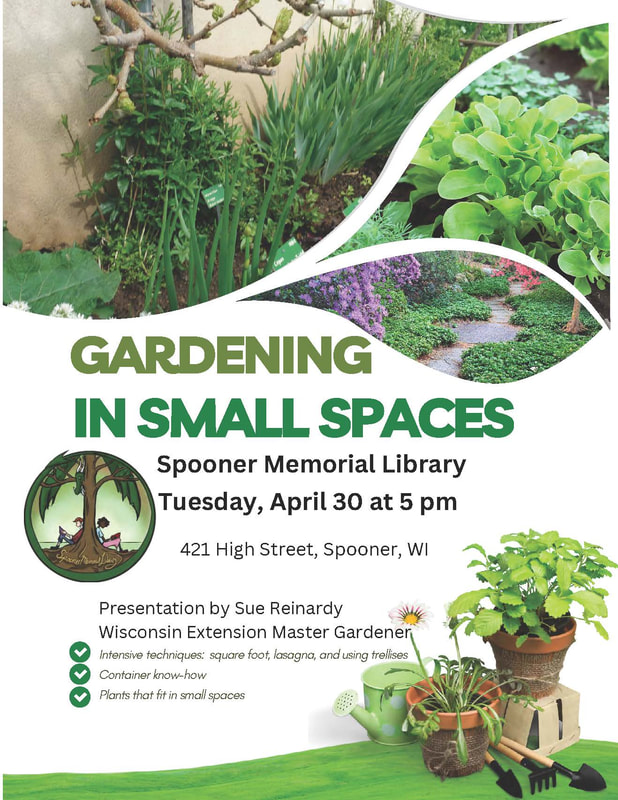
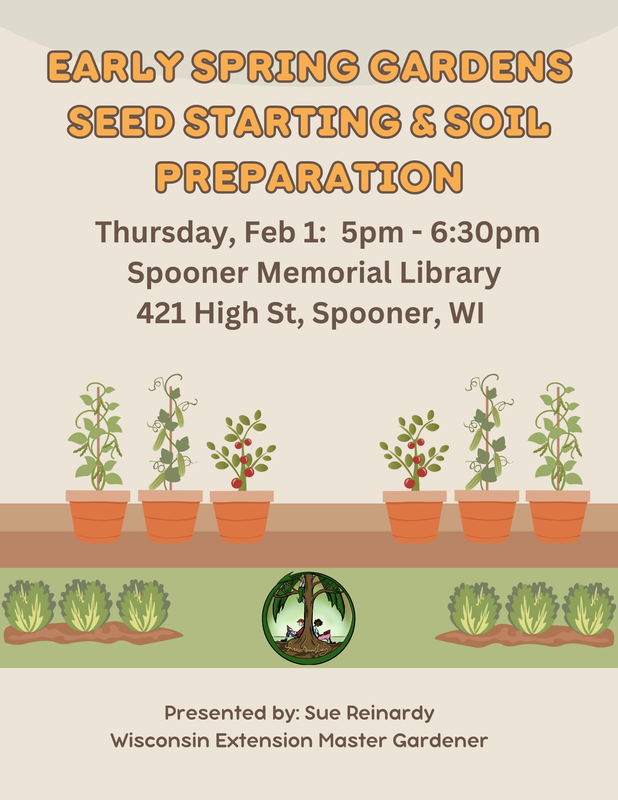
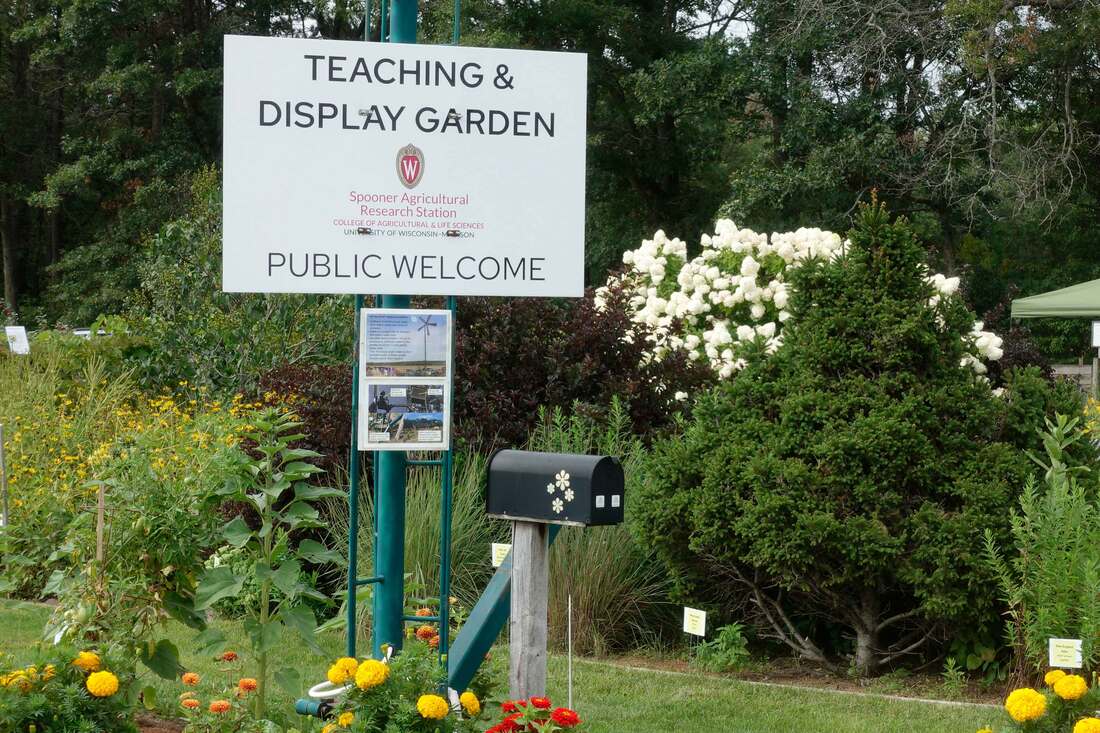
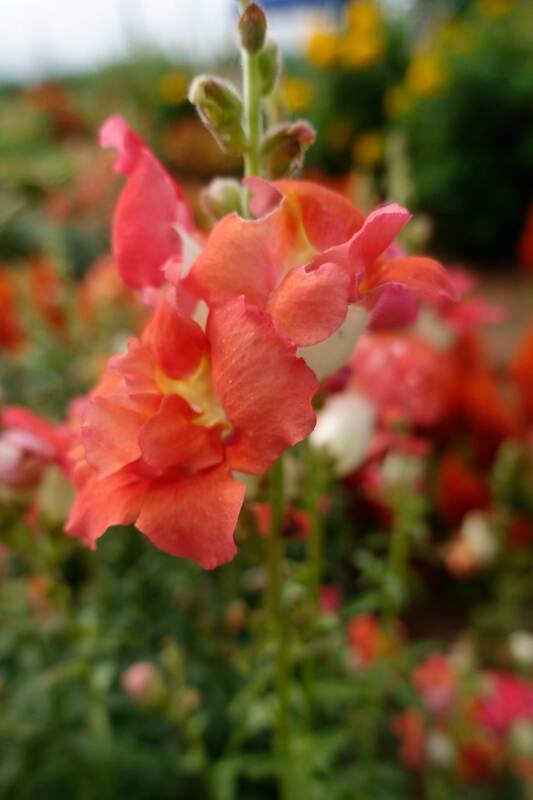
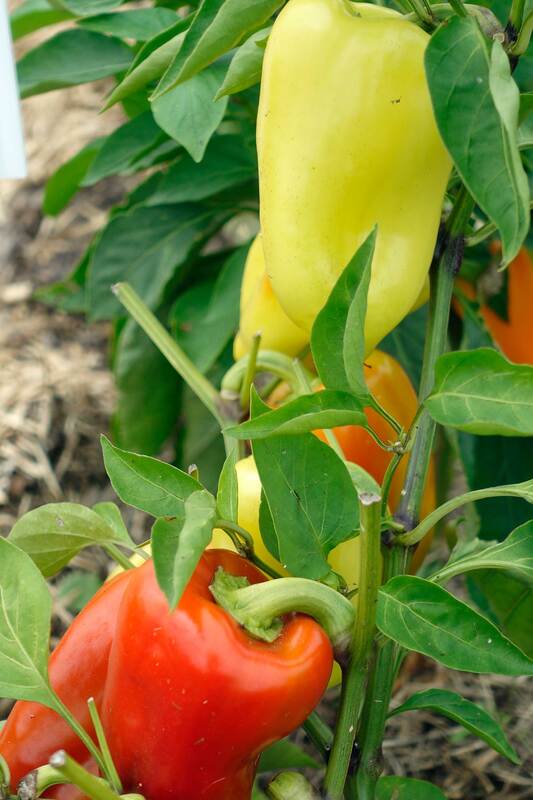
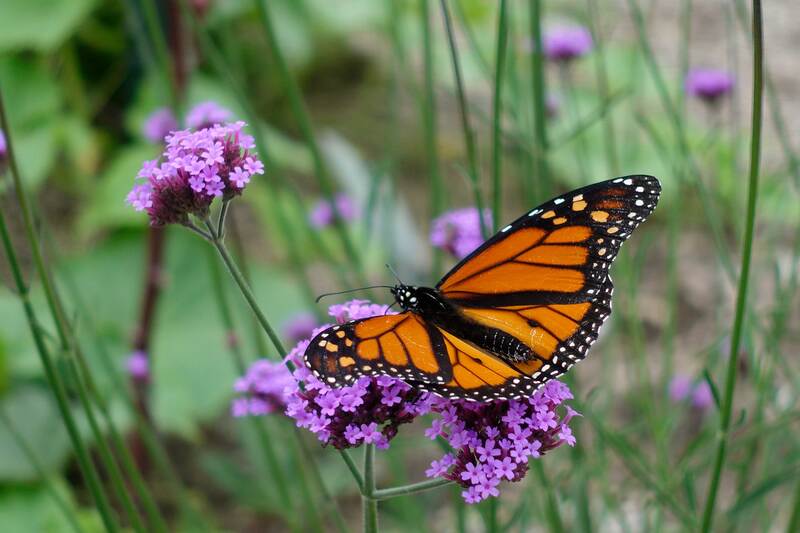


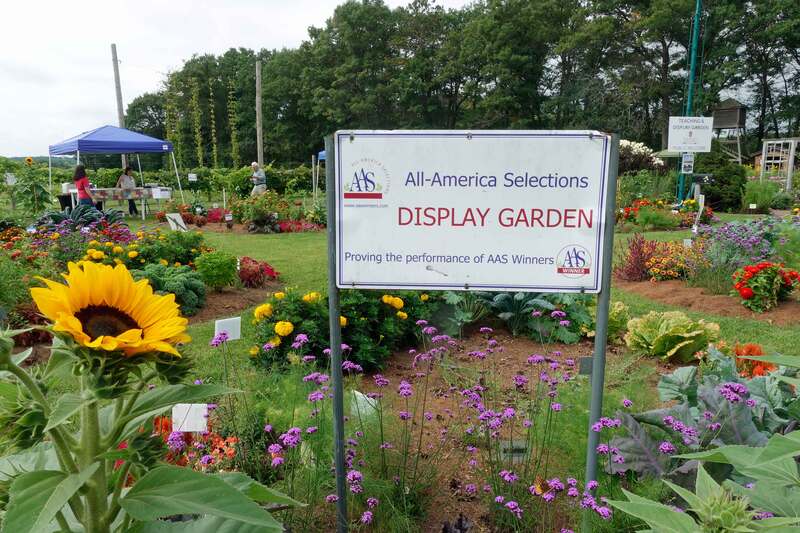
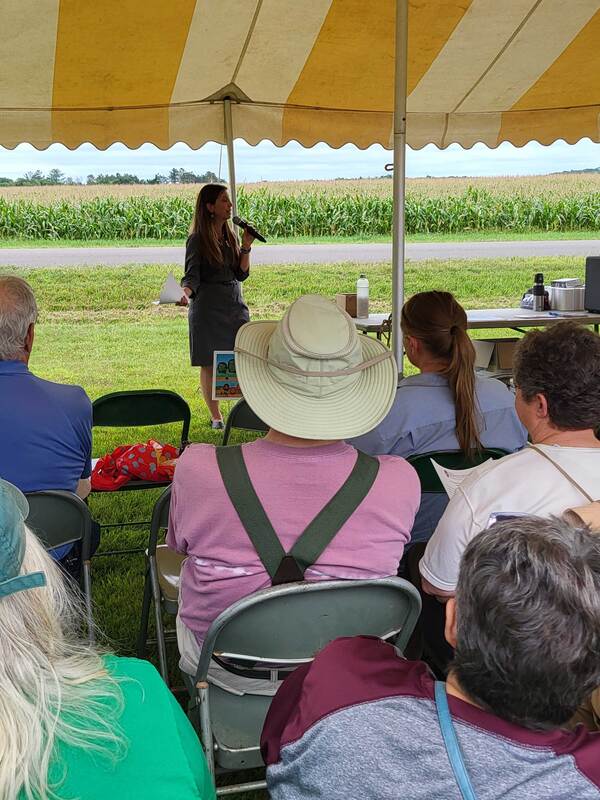
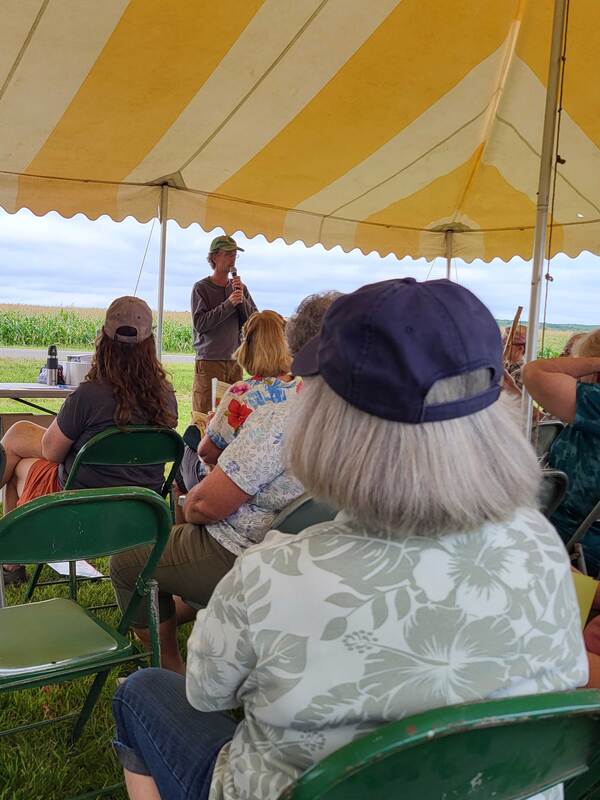
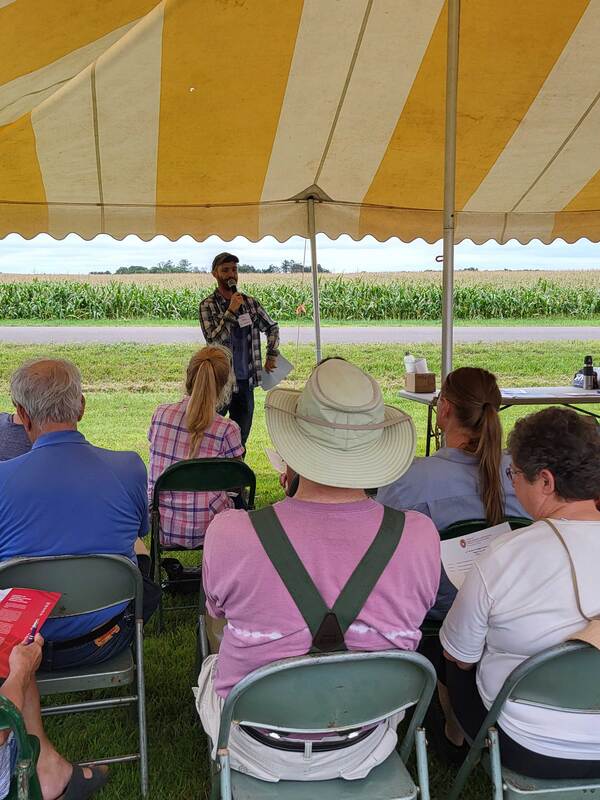
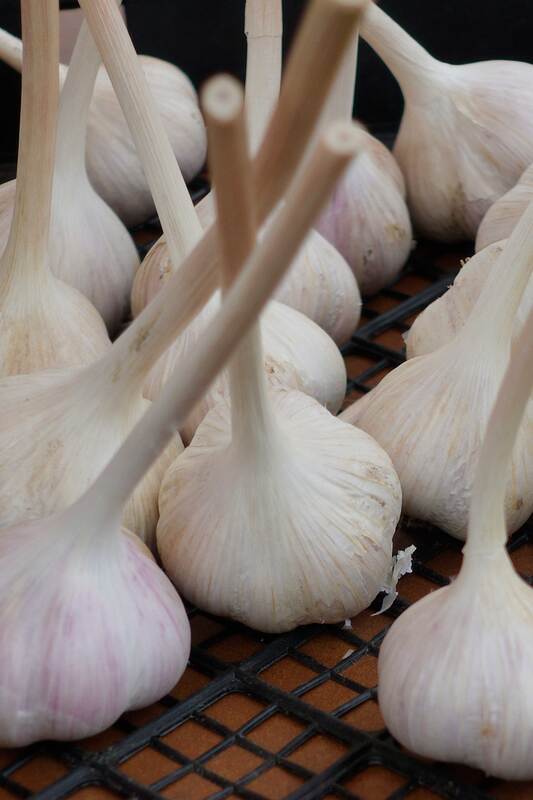
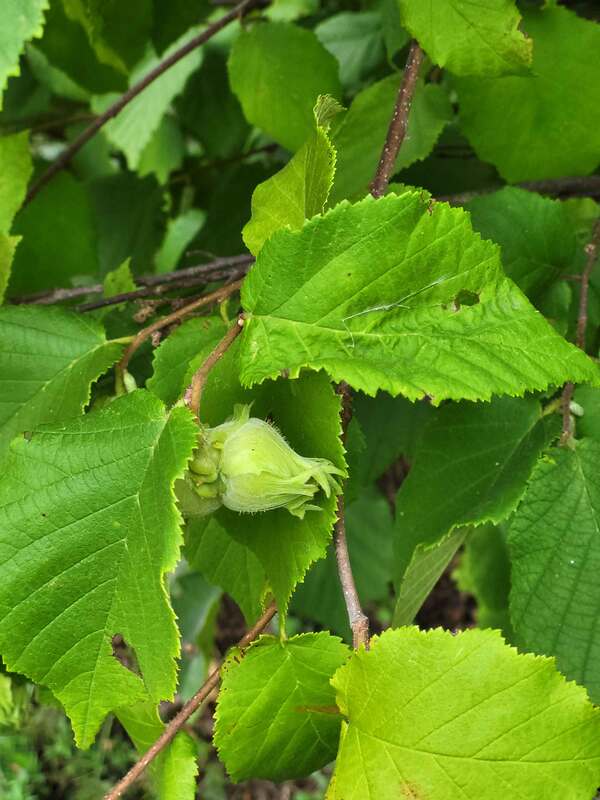
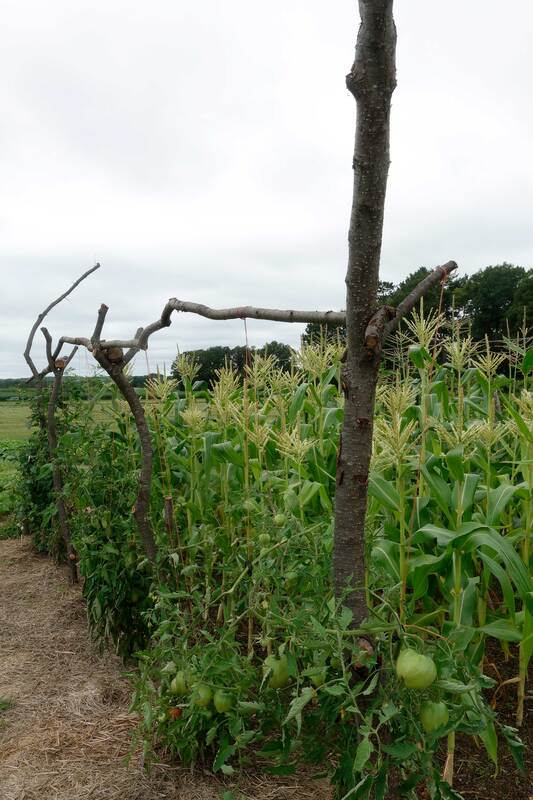
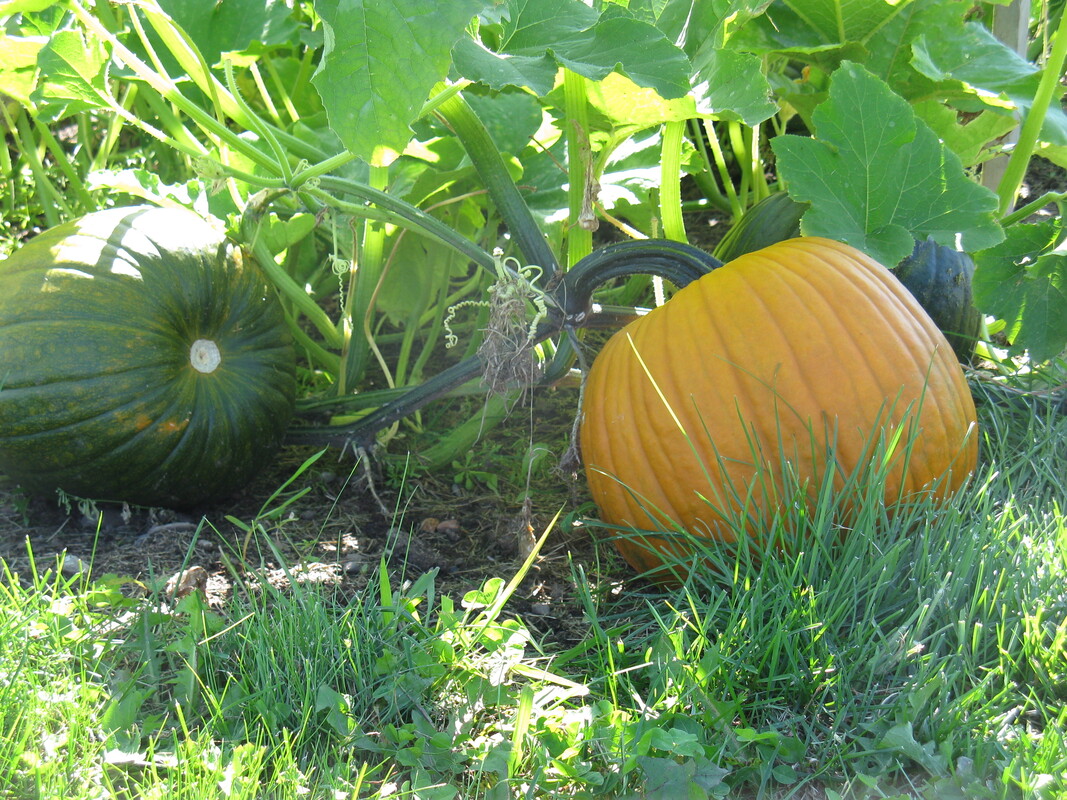
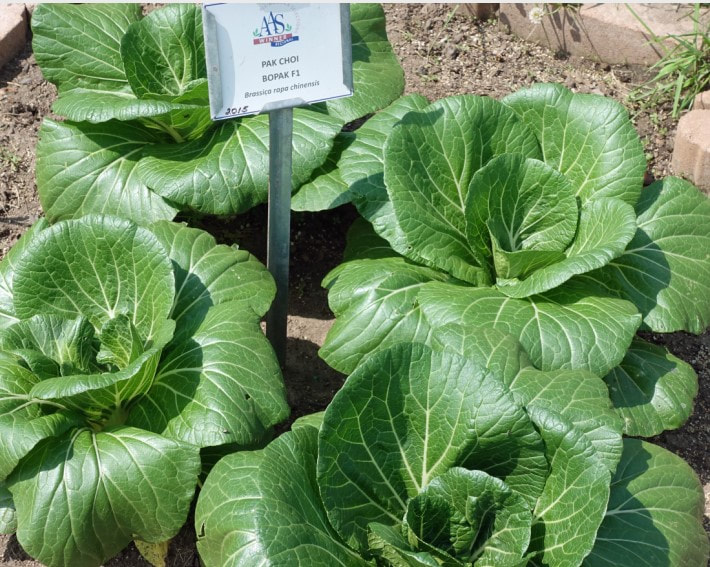
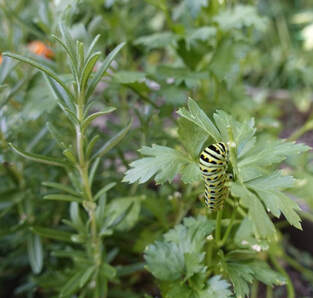
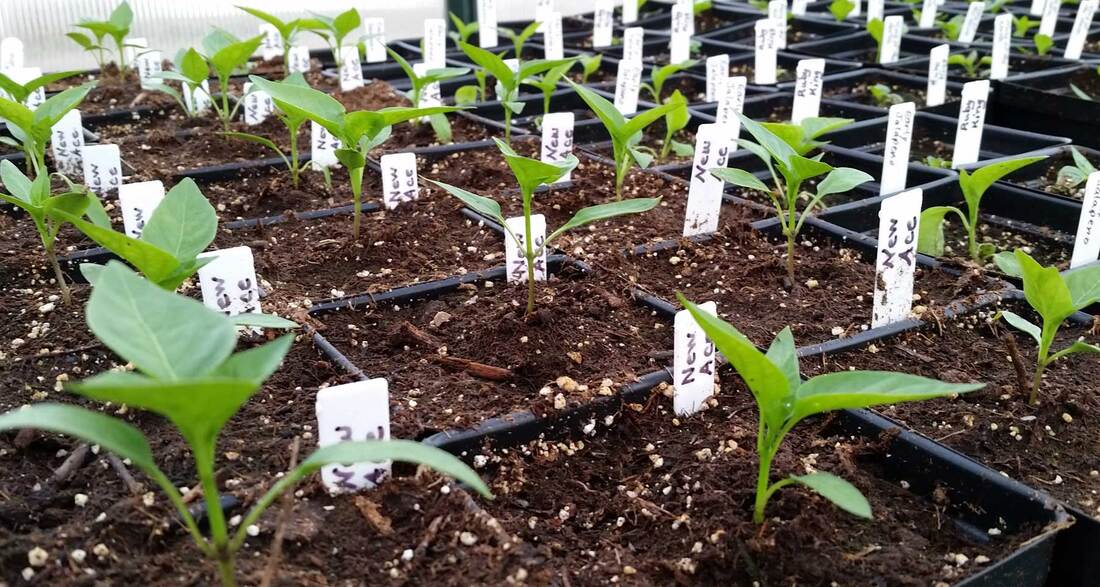
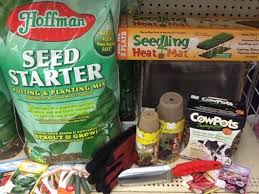
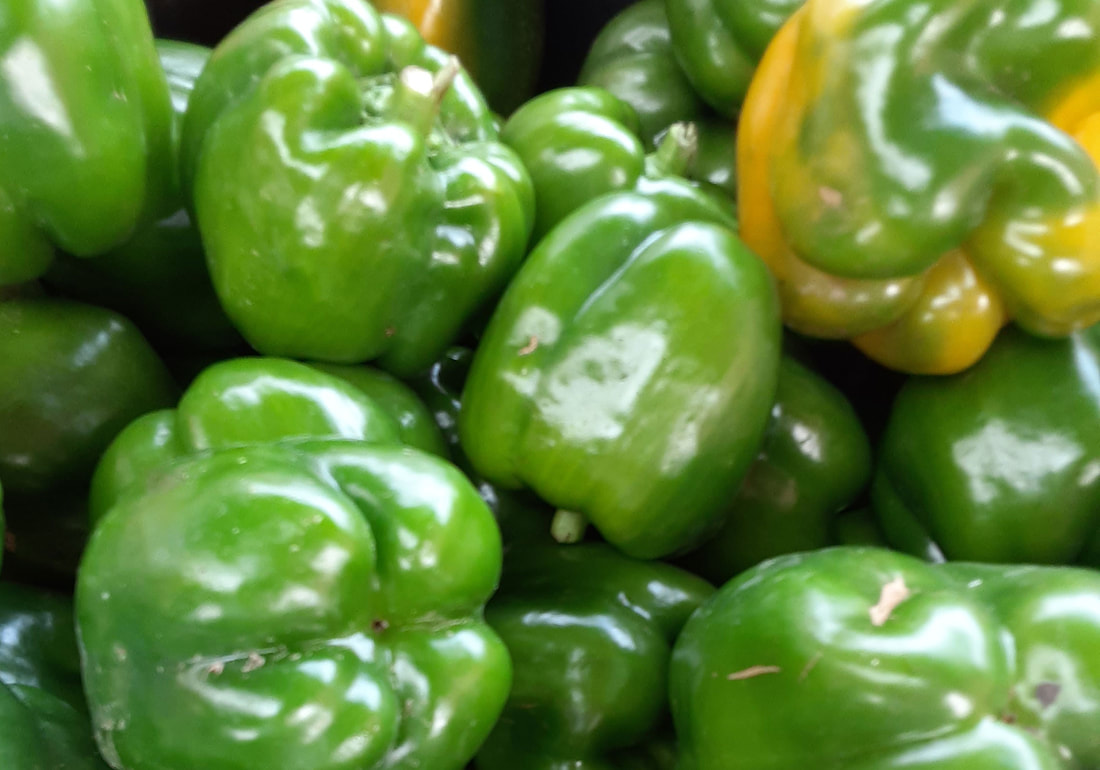
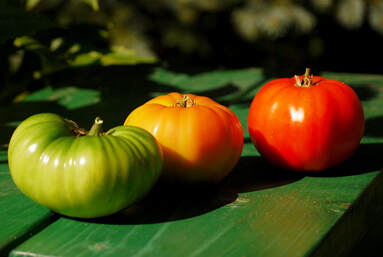
 RSS Feed
RSS Feed